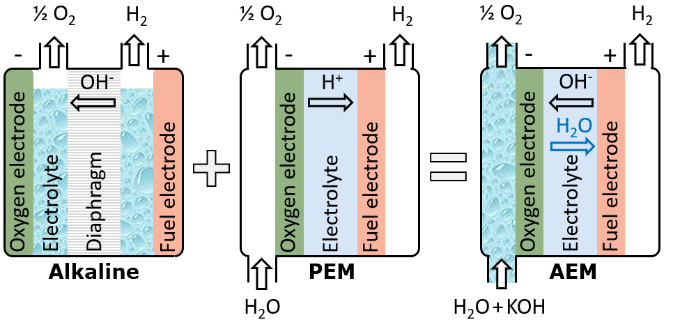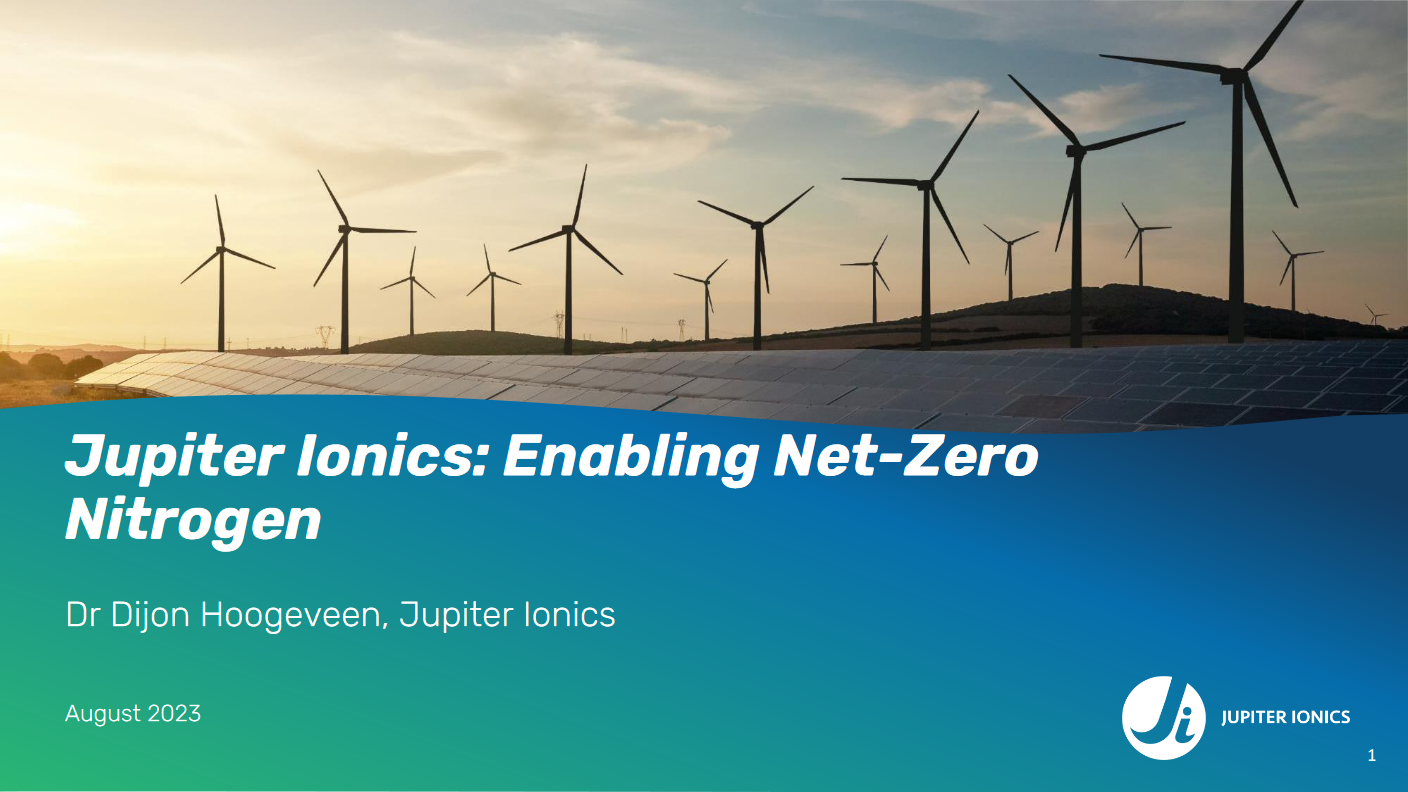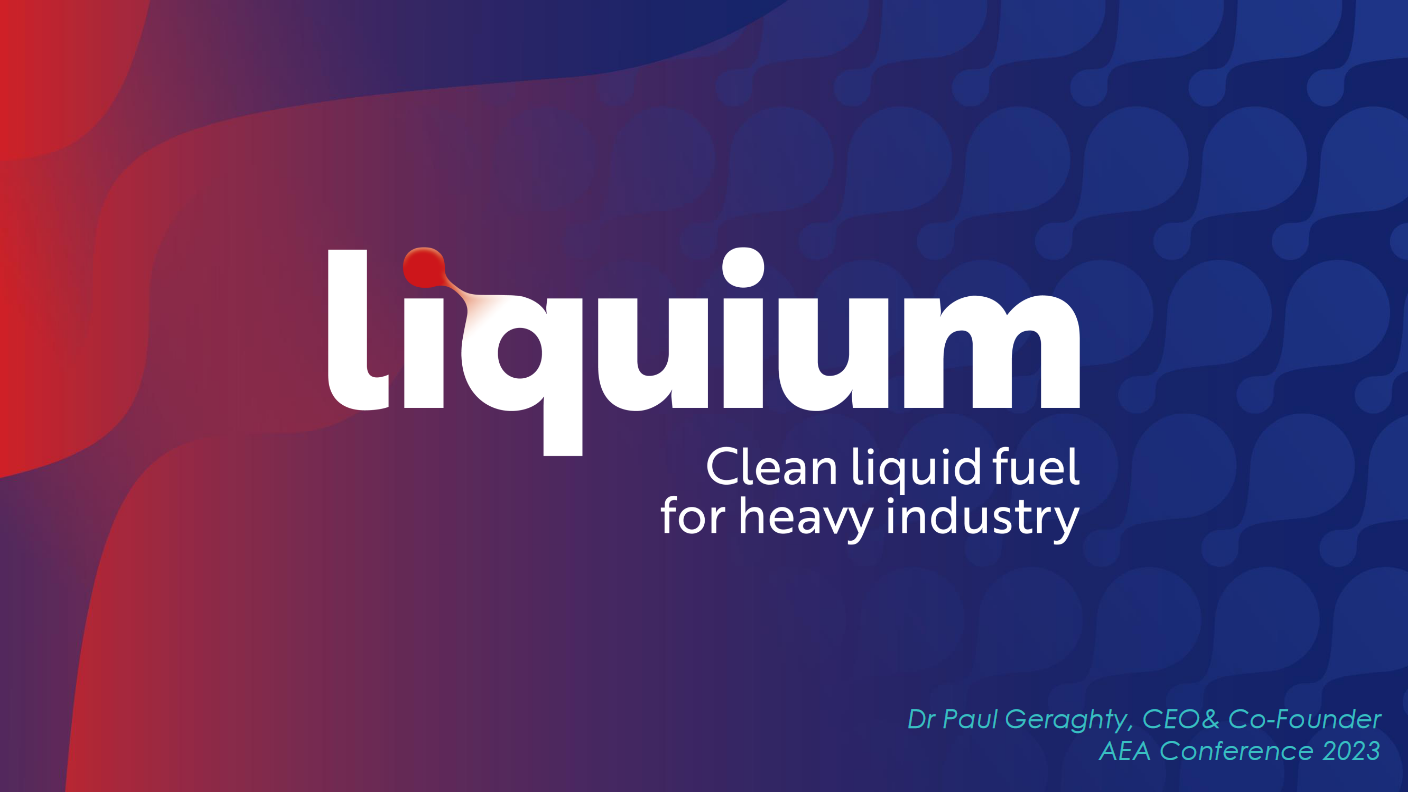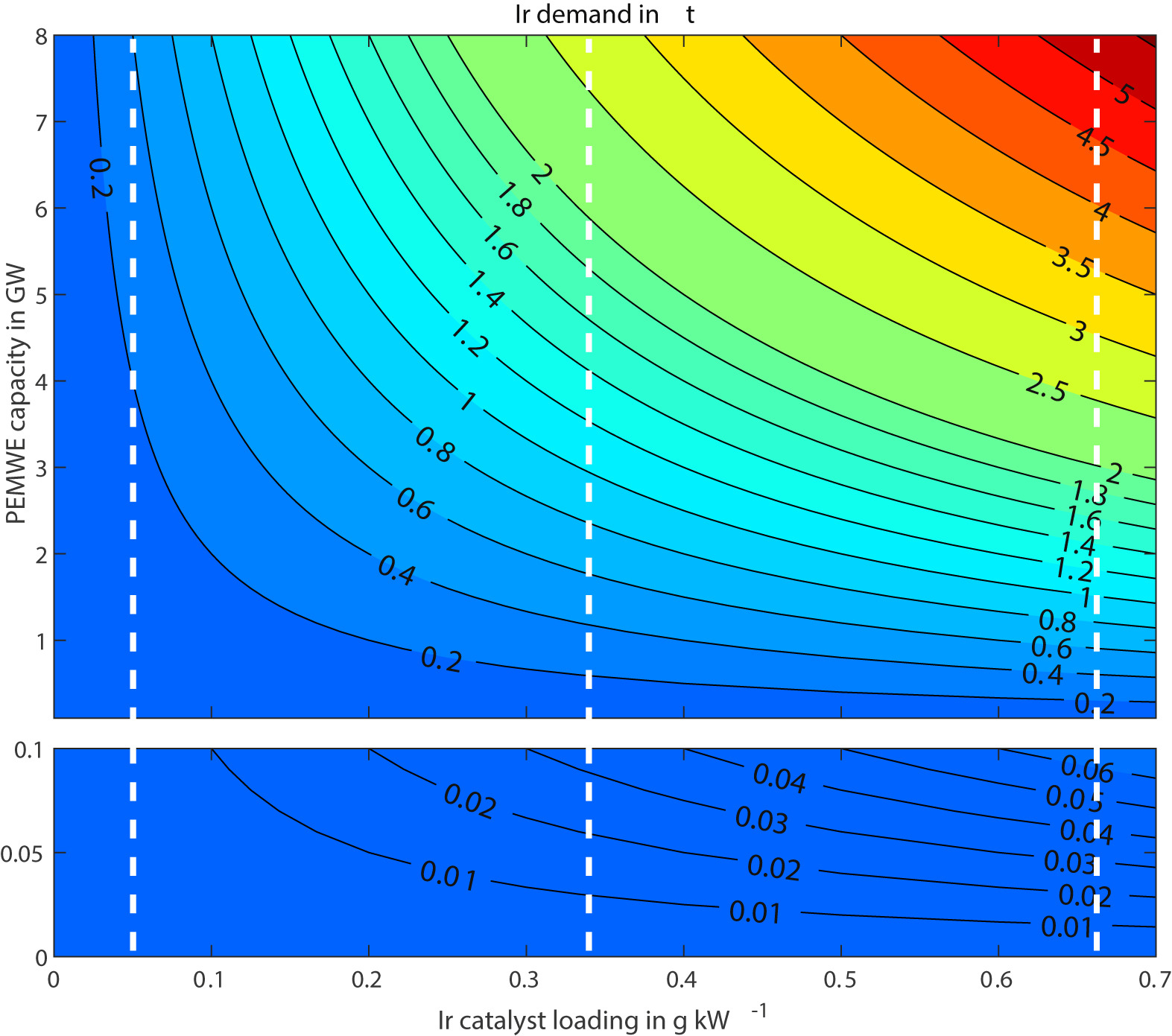Technology Status: Anion Exchange Membrane (AEM) Electrolysis
Anion Exchange Membrane (AEM) electrolysis combines concepts from alkaline and PEM. Although AEM can potentially offer the best of both worlds compared to conventional technology, challenges such as oxygen sensitivity, stack scale-up and current density still need to be addressed. Germany-based Enapter is leading the commercialization of AEM systems, with other electrolyzer manufacturers now developing their own products.









